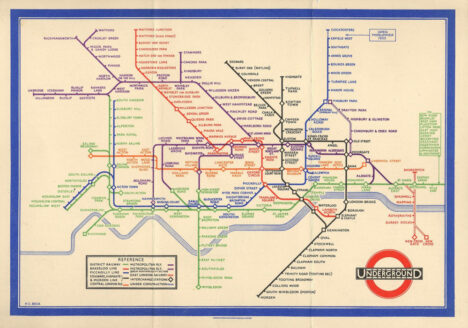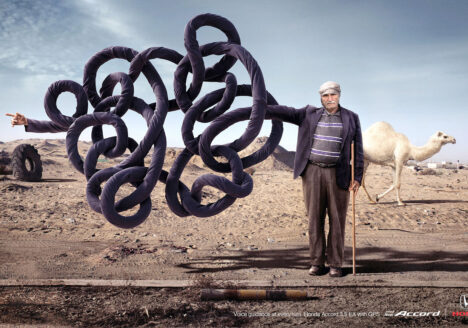What makes a great online store design in 2025
Designing an effective e-commerce site isn’t about trendy layouts or flashy animations, it’s about conversion, trust, and experience. Your store’s design directly affects how users feel, what they do, and whether they buy. Let’s break down what actually makes a store work in today’s digital landscape,with evidence, context, and takeaways you can act on.
1. Conversion benchmarks: know what “good” looks like
Before you can improve your site, you need to know what to measure. Conversion rate (the percentage of visitors who complete a purchase) is the most telling KPI in e-commerce. A “good” conversion rate depends on your industry, traffic source, and device.
In 2025, the global average conversion rate across e-commerce sits at 2.1%, with B2C stores slightly higher (~2.3%) and B2B often lower (~1.5%) due to longer decision cycles. Some categories like personal care (6.8%) or food & beverage (4.9%) convert well because of recurring purchases and low commitment. Home goods and electronics tend to hover below 1.5%, as shoppers research more before committing.
Takeaway: Know your industry baseline. If you’re sitting at 1.2% in a 3% category, design and UX are likely hurting your bottom line. A redesign is an investment in performance—not just aesthetics.
2. Mobile-first design is non-negotiable
Mobile devices now dominate the e-commerce landscape, with over 65% of traffic and 67% of orders coming from smartphones in 2025. But many brands still build desktop-first experiences, leaving mobile users frustrated with slow load times, awkward layouts, and clunky menus.
Google research shows every second of delay in mobile page load can result in a 17% drop in conversions. Users expect pages to load in under 2 seconds, especially on mobile. While mobile conversion rates are slightly lower (~2.0%) than desktop (~2.4%), the sheer volume of mobile traffic means the lost opportunity is massive.
Takeaway: Don’t just “make it responsive”but design specifically for mobile behaviour. Streamlined navigation, fast-loading pages, and a frictionless mobile checkout are must-haves, not nice-to-haves.
3. Visual experience drives trust and sales
People buy with their eyes. 93% of consumers say visuals influence purchase decisions, and 75% rate product imagery as more important than the description. First impressions happen fast, and poor visuals damage credibility instantly.
High-quality images that show multiple angles, close-ups, and lifestyle context can increase engagement by 58%. Users want to zoom, swipe, and feel the product—especially for fashion, beauty, and home goods. Inaccurate or underwhelming images lead to disappointment and returns: 22% of product returns are due to unmet visual expectations.
Takeaway: Treat photography and imagery as part of your core product. A beautiful store design is worthless if your product photos feel cheap or inconsistent. Professional visuals are conversion assets.
4. Immersive technologies are the new differentiator
The best online stores aren’t flat—they’re interactive. Technologies like 3D renders, AR product previews, and virtual try-ons help close the gap between physical and digital shopping. These tools aren’t just gimmicks, they directly boost performance.
According to 2025 research, AR and 3D tools can increase conversion rates by up to 250% in verticals like fashion, beauty, and furniture. Why? They reduce uncertainty. When users can visualise a product on themselves or in their space, they gain confidence, and confident buyers convert.
Takeaway: If you sell something people wear, place, or customise, give them tools to see it. Even simple 3D spin models or room previews create an edge over static competitors.
5. Layout, hierarchy, and visual flow
Effective design leads the eye. A great online store uses layout, spacing, and visual hierarchy to subtly guide users to the right places: key messages, calls to action, and product discovery. In 2025, we’re seeing more asymmetric layouts and modular grids, designed for fast scrolling and varied content types.
This isn’t just about aesthetics, it’s about cognition. A clear hierarchy reduces cognitive load, helping users scan, understand, and act. Key techniques include prominent CTAs, strategic whitespace, bold headings, and image-led storytelling that supports the buying journey.
Takeaway: Design should work, not just “look good.” Prioritize clarity over decoration. Your homepage isn’t art, it’s a functional selling machine.
6. Frictionless checkout, clear trust signals
The average cart abandonment rate remains painfully high: around 72% globally. Most users drop off due to preventable design flaws: unexpected fees, forced account creation, slow load times, or confusing steps.
A smooth checkout process (ideally with guest checkout, autofill, and fewer than 3 steps) can dramatically increase sales. Meanwhile, trust signals like reviews, secure payment icons, shipping info, and clear returns policies reduce risk and hesitation. Consumers buy when they feel safe.
Takeaway: Don’t let users fall at the final hurdle. Streamline your checkout and surface trust early. Design isn’t just about beauty, it’s about reducing friction and earning confidence.
What you should remember
-
Good design is measurable. It impacts traffic, conversion, and trust—track those metrics.
-
Mobile is king. If you’re not optimizing for it, you’re losing sales daily.
-
Visuals sell products. No one reads a product page before scanning the imagery.
-
Emerging tech isn’t fluff—it’s performance-enhancing.
-
Checkout is your finish line. Don’t trip just before the goal.
Sources:
https://www.inspire.scot/blog/2025/05/19/e-commerce-conversion-rates-in-2025-benchmarks-by-industry-platform-device517
https://en.wikipedia.org/wiki/Abandonment_rate
https://www.inmotionhosting.com/blog/ecommerce-conversion-rates-by-industry/




